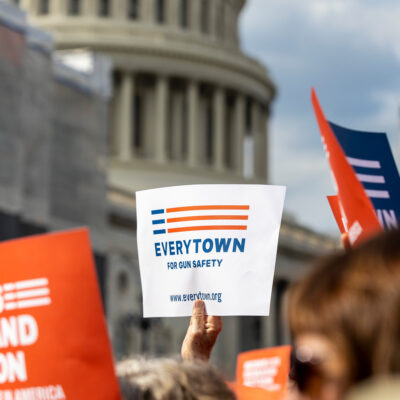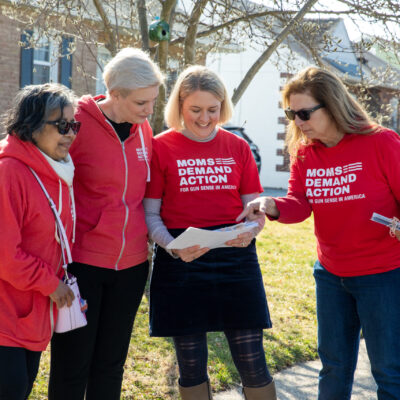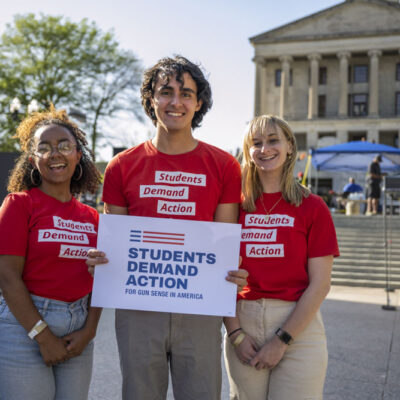Everytown for Gun Safety Support Fund Releases New Report on Curbing Gun Violence for Impacted Communities Through Targeted Community Violence Intervention Programs
6.28.2023
NEW YORK – Today, Everytown for Gun Safety Support Fund released a new report, “The Changing Demographics of Gun Homicide Victims and How Community Violence Intervention Programs Can Help,” detailing the role of community violence intervention programs (CVI) in reducing gun violence, and providing recommendations to ensure that these programs are accessible and tailored to the groups most affected.
Research conducted by Everytown for Gun Safety Support Fund has found that in the years since COVID-19’s onset, Black men continue to experience alarmingly high rates of gun homicides due to generations of disinvestment, but rates are also rising among new groups, including Black women, Latinx, and transgender people. Summertime can be a particularly dangerous time for communities as gun violence often spikes in the warm months.
“Community-based violence intervention programs are a core component of our fight to end gun violence in America,” said Michael-Sean Spence, Managing Director of Community Safety Initiatives at Everytown for Gun Safety. “Everytown’s latest research tracking the changing demographics of gun violence amplifies the urgent need to deepen support for CVI programs to allow them to scale their life-saving efforts to more communities in response to the tragic impact gun violence is having on the Black, LatinX, American Indian and transgender communities.”
“Community violence intervention programs are some of the most evidence-informed strategies we have to stem the tide of gun violence, but in order to maximize their impact, they must be targeted specifically to the communities disproportionately impacted,” said Megan O’Toole, Deputy Director of Research at Everytown for Gun Safety. “As we enter what is likely to be another deadly summer, CVI programs should make space for newly impacted communities, especially Black women and Latinx and transgender people who are experiencing startling increases in gun violence.”
To learn how individuals of different races, ethnicities, and genders have been uniquely impacted by recent rises in gun homicides, Everytown researchers analyzed the most up-to-date and reliable data sources on the topic, including CDC death records, which detail victim demographics through 2021, and Everytown’s Transgender Homicide Tracker, which aggregates data from media reports through 2022. Several key trends emerged:
- While Black men are more than 17 times more likely to die by gun homicide than white men, gun homicide rates among Black women increased more than any other gender and racial or ethnic group in the country, at an alarming rate of 79%.
- In effect, more than 560 additional Black women died from gun homicides each year since 2019.
- Latinx communities also experienced this surge in gun violence, with the second-highest increase in gun homicide rates, at 45%, since 2019.
- Latinx communities carry a disproportionate burden of gun homicides in the U.S., with rates 2.4 times higher than those of white people.
- The transgender and gender non-conforming community continues to experience increases in gun homicide as well, with annual counts rising by 40% through 2022. Tragically, Black transgender women are disproportionately targeted, accounting for more than six in 10 transgender gun homicide victims on average.
Across each of these communities that face disproportionately high rates of gun violence, it is difficult to assess exactly what drives spikes in gun homicides, but research shows that facts such as chronic underinvestment, discrimination and record gun sales are likely all relevant factors.
While early data suggests that we may be on track to see a decline in overall homicides this year, gun violence is consistently highest in the summers, and close attention must be paid to this issue to sustain these improvements. To prevent gun homicides, Everytown’s latest report makes the case for designing CVI programs—such as street outreach, hospital engagement, and cleaning and greening— for both communities that continue to face legacies of gun violence and those experiencing more recent rises.




